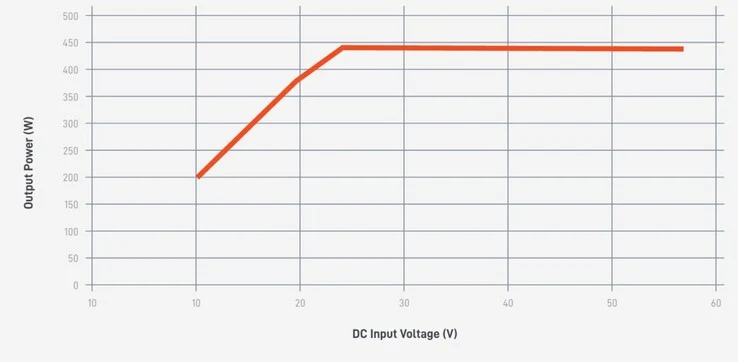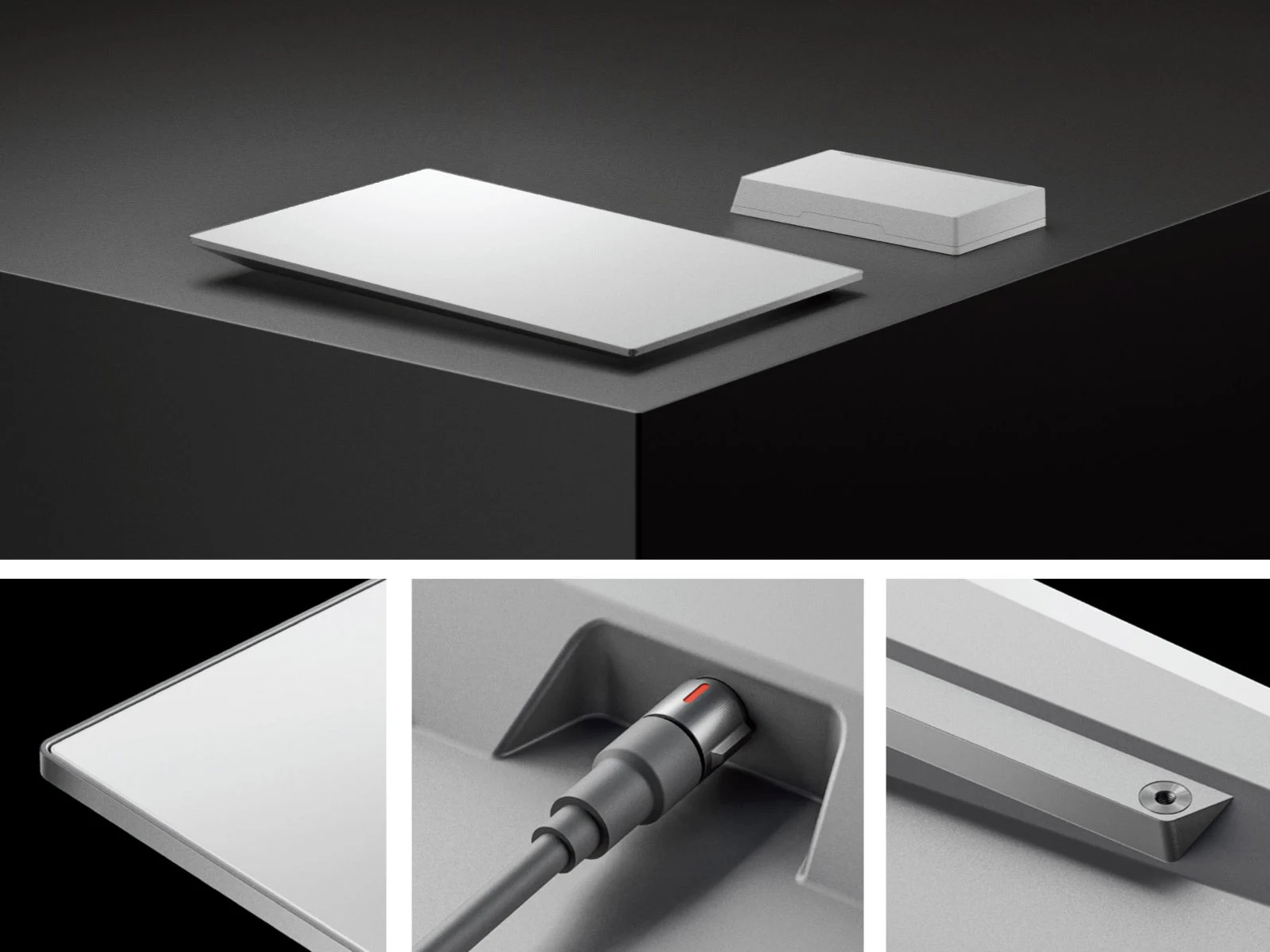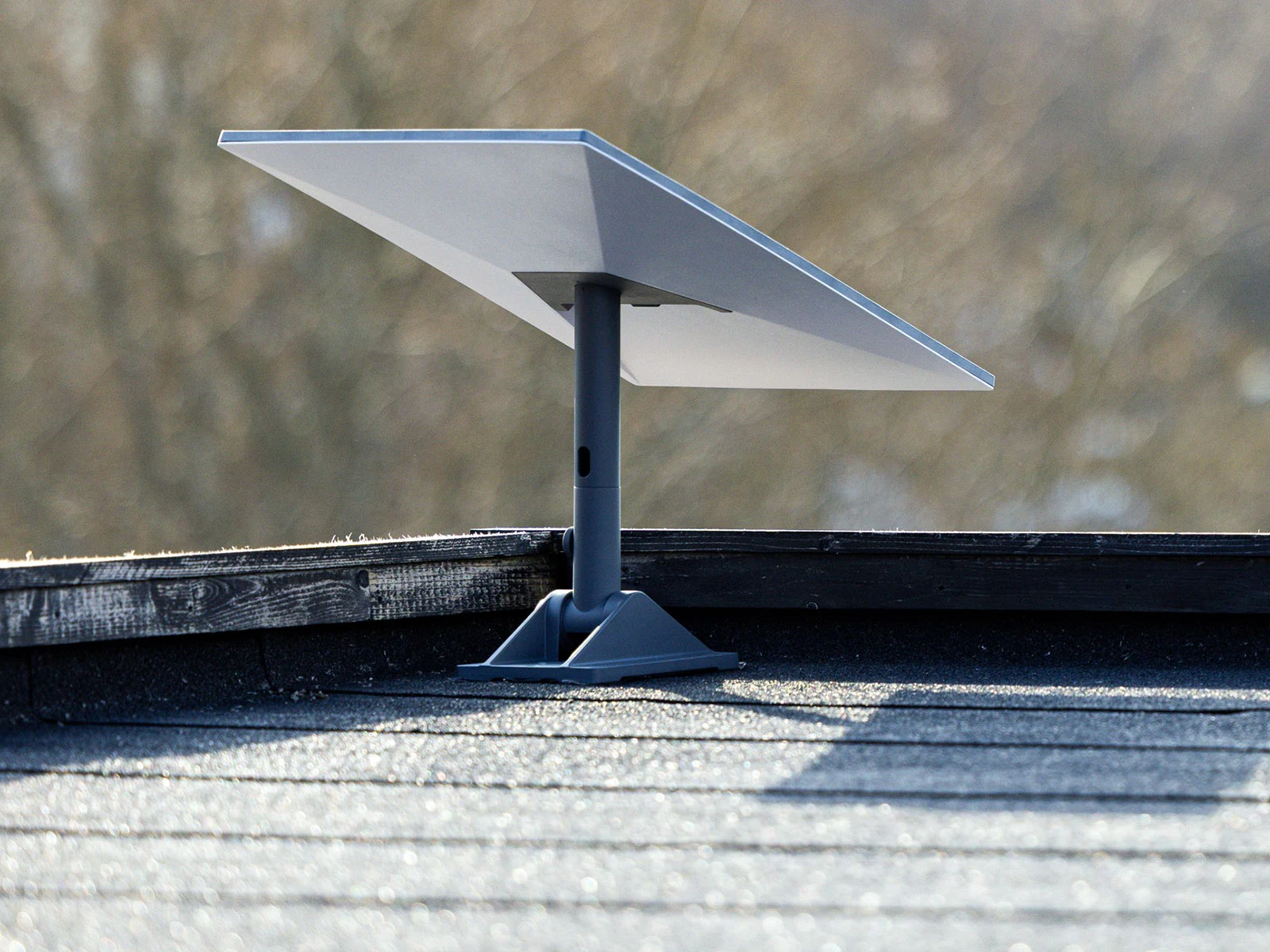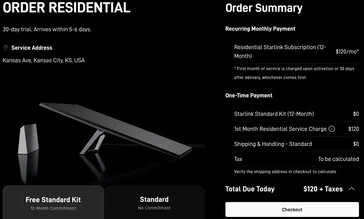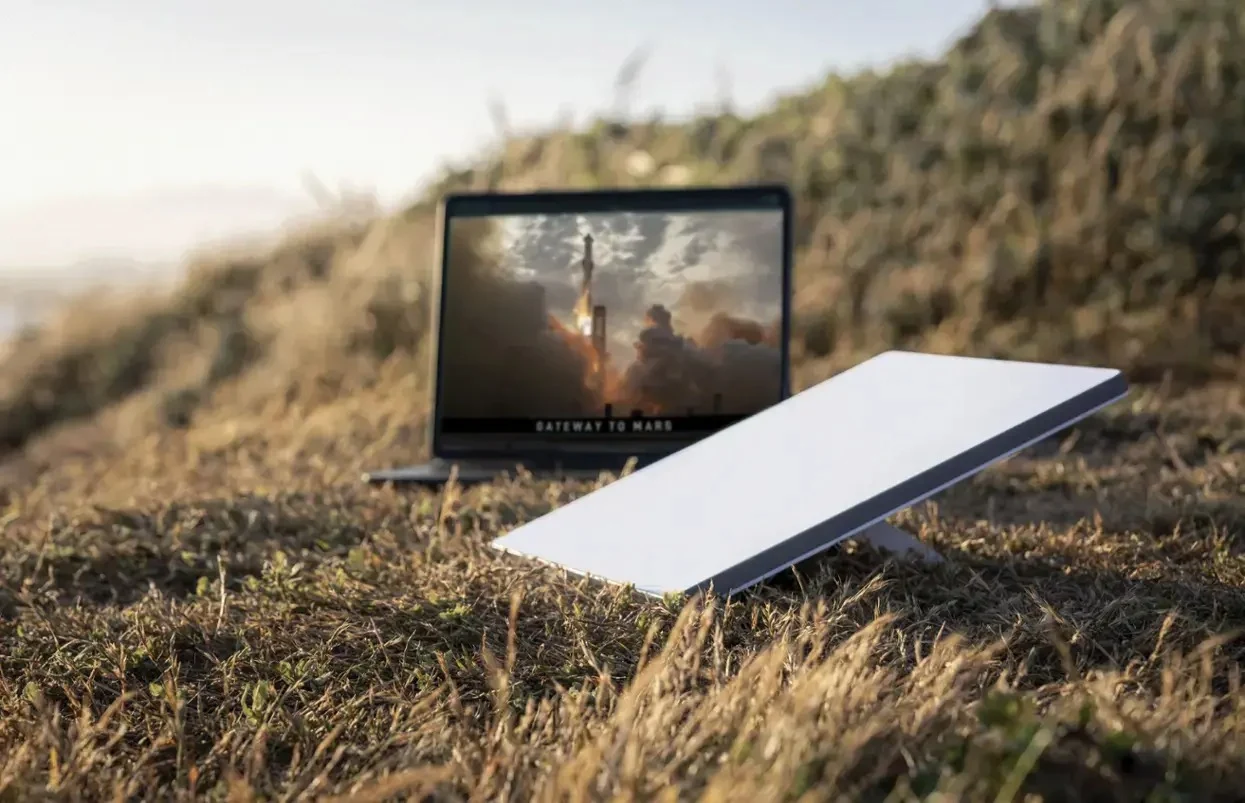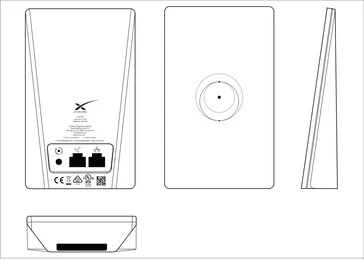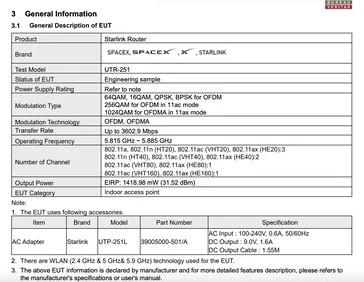Key Takeaways
1. High Cost and Rugged Design: The Starlink Performance Kit, including the new power supply unit, is priced at $1,999 and features a durable dish designed to withstand rocket vibrations.
2. Flexible Power Options: The new power supply accepts both DC and AC inputs, allowing for direct power from batteries or solar panels, enhancing versatility.
3. Standalone Purchase Available: The Starlink Advanced Power Supply can be bought separately for $200 and is compatible with the $349 Standard Kit, while the Mini Kit has its own power supply.
4. Added Features Justify Price: The power supply includes advanced features like a microcontroller for monitoring power metrics, moisture detection, and a LAN port for connectivity.
5. Weight and Performance Caution: The power supply weighs 4.6 pounds and is recommended to use DC voltages over 20V to avoid reduced performance, especially for high-power tasks.
Buried in the buzz surrounding the launch of the first Starlink satellite internet dish capable of gigabit speeds was the simultaneous introduction of Starlink’s inaugural universal power supply as well.
Pricey But Rugged
The power supply unit (PSU) is included in the costly new Starlink Performance Kit, which is priced at $1,999. This kit features the most durable dish ever made by SpaceX, designed to endure the intense vibrations from a rocket landing.
Flexibility in Power Options
For the first time, this power supply can accept DC input along with the standard AC power typically found in home outlets. This means it can directly power the dish using electricity from batteries or solar panels.
In addition to being part of the Performance Kit, the new Starlink Advanced Power Supply can also be purchased on its own. It is compatible with the $349 Starlink Standard Kit as well.
Lightweight Mini Kit Exempt
It goes without saying that the portable Starlink Mini Kit does not require the power supply since it has its own built-in DC power supply, although its input range is narrower at 12-48V DC.
The universal Starlink AC/DC power supply is listed at $200, which isn’t exactly cheap. However, it eliminates the necessity for the $110 DC-to-DC adapter sold by Starlink or any alternative solutions from third parties.
Added Features Justify Price
SpaceX has also added several features to the Starlink Advanced Power Supply to warrant its relatively high cost. The PSU includes a microcontroller capable of showing power and Ethernet metrics, detecting grid brownouts, and identifying moisture in connectors. It also has a LAN port for connecting third-party routers or for linking directly to Starlink and network switches.
The AC input has been validated for compatibility with 90-264V inputs, accommodating global single-phase grid voltages within the 47-64Hz frequency range, including a tolerance of ± 5%.
Caution on DC Input
While the Starlink Advanced Power Supply has been certified for DC input ranging from 10.5V to 57V, Starlink recommends using DC voltages exceeding 20V when possible. “Using lower input voltages will reduce output power to keep the total amperage from the power supply below 20 amps,” Starlink cautions. This could impact dishes that require high power for tasks like melting snow and maintaining high throughput, potentially limiting their performance.
A Heavyweight in the Lineup
The only less-than-exciting aspect of the new Starlink universal power supply, aside from its steep price, is its weight. It weighs in at a substantial 4.6 pounds, which is over three times heavier than Starlink’s standard AC power supply unit.
Source:
Link
